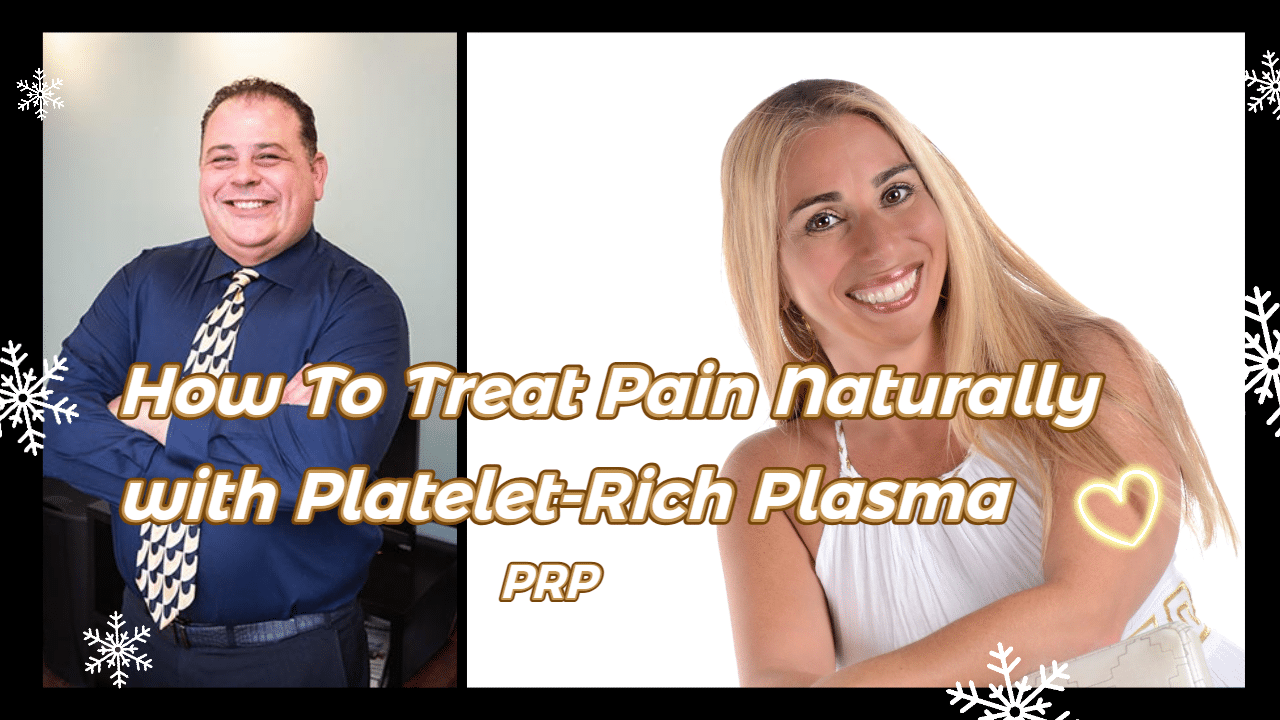
3 Natural Remedies For Pain Relief
More and more we learn that by taking ibuprofen we subject ourselves to serious health conditions like a heart attack or stroke. Yet, most of us have popped ibuprofen or administered it to a loved one to relieve pain or fever. Although no one should ever have to suffer pain, you’re certainly not limited to taking dangerous pharmaceuticals. There are alternatives to ibuprofen — and nature has the answer.
As you read you’ll discover 3 natural remedies for pain relief that actually works.

Table of Contents
Boswellia
Unlike NSAIDs, long-term use of Boswellia doesn’t seem to lead to irritation or ulceration of the stomach, suggests holistic health expert Andrew Weil, MD. Boswellia is most commonly used for chronic inflammatory ailments and may reduce pain and improve mobility in people with osteoarthritis. Research shows that it might decrease joint pain by 32 to 65 percent, suggests Weil.

Capsaicin
Capsaicin is a component in hot chili peppers, also known as cayenne. When added to an emollient, capsaicin may be applied topically to the skin to temporarily reduce “substance P,” a chemical that contributes to inflammation and pain in arthritis.
Several studies suggest that a capsaicin-containing cream or lotion may provide better pain relief than a placebo, but it doesn’t improve joint swelling, grip strength, or function for people with osteoarthritis. Pain generally starts to reduce within three to seven days after applying the capsaicin cream to the affected area.

Curcumin
Curcumin, an active ingredient in turmeric (and found in limited amounts in ginger), is similar to capsaicin in that it blocks “substance P.” According to research, curcumin is associated with pain and inflammation reduction and enhanced recovery of muscle performance. However, turmeric may increase the risk of bleeding, especially for people who take blood-thinning medications, so speak to a health-care professional before taking turmeric.
Just because you’re in pain doesn’t mean you have to put your life at risk for relief. With a holistic approach, you can minimize the chemicals you put into your body. However, if the pain is ongoing, a medical practitioner should diagnose the underlying cause. Simply treating your symptom with pain relief could affect your general health.
—Katherine Marko
Katherine Marko is a freelance writer, author, and blog creator. Her areas of expertise include food, health, style, beauty, business, and nutrition. Marko holds a Bachelor of Arts in English, a diploma in photography, graphic design, and marketing, and certification in esthetics.
References
Sources:
http://www.fda.gov/ForConsumers/ConsumerUpdates/ucm453610.htm
http://www.nhs.uk/Conditions/Painkillers-ibuprofen/Pages/Introduction.aspx
http://www.health.harvard.edu/blog/fda-strengthens-warning-that-nsaids-increase-heart-attack-and-stroke-risk-201507138138
http://umm.edu/health/medical/altmed/herb/willow-bark
http://umm.edu/health/medical/altmed/herb/cats-claw
http://www.ncbi.nlm.nih.gov/pubmed/11603848
http://www.ncbi.nlm.nih.gov/pubmed/11950006
http://www.ncbi.nlm.nih.gov/pubmed/21553931
http://www.drweil.com/drw/u/REM00042/Boswellia-Dr-Weils-Herbal-Remedies.html
http://umm.edu/health/medical-reference-guide/complementary-and-alternative-medicine-guide/condition/osteoarthritis
http://www.ncbi.nlm.nih.gov/pubmed/25795285






